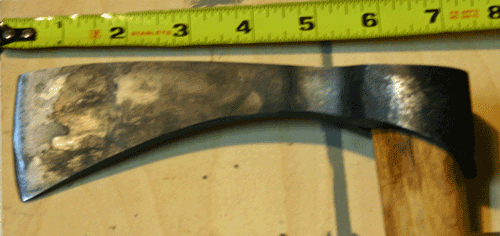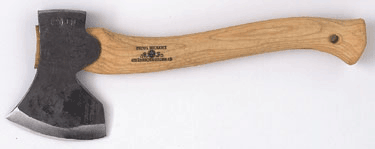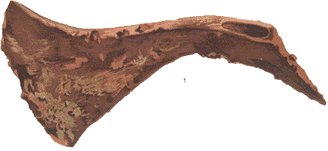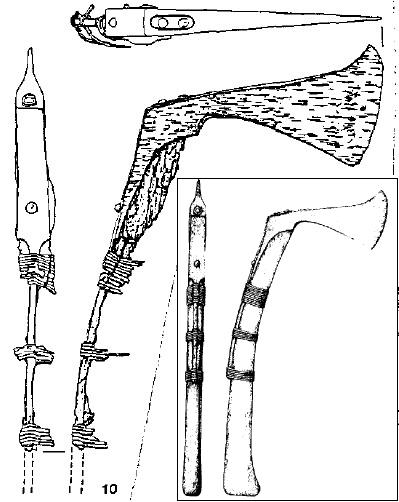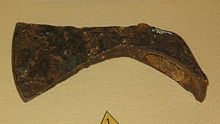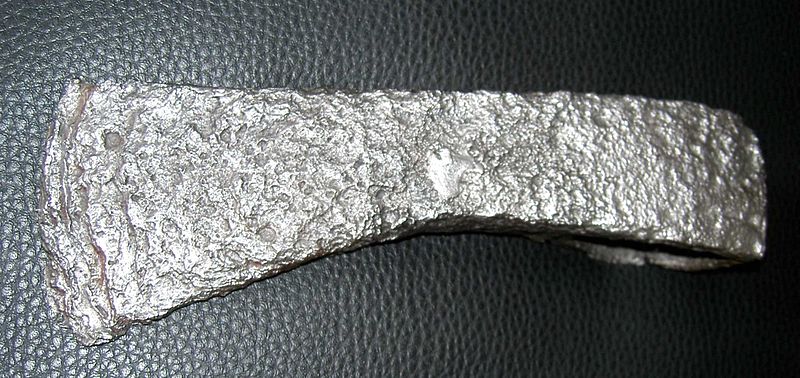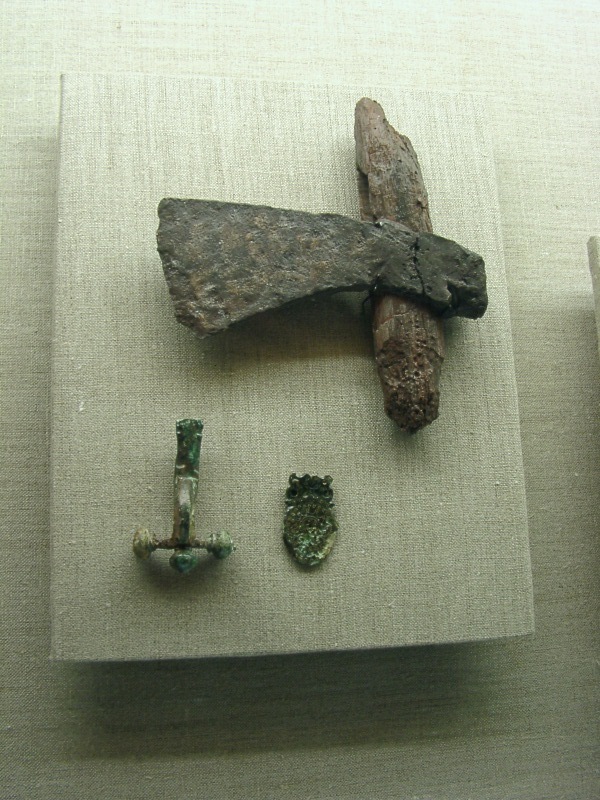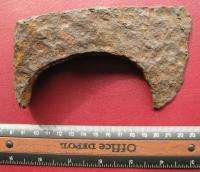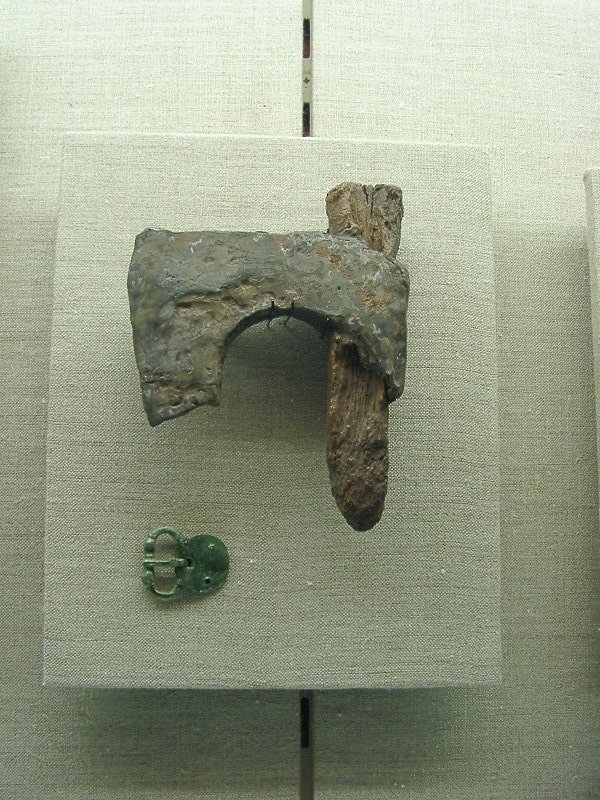I will follow up with a post of a picture of my first attempt at a francisca made by the "tomahawk" method. (Wrapping a bar around a tomahawk drift or "handle hole punching tool".) I did not start out with enough material to forge a pronounced beard on the cutting edge. Also, the thickness of material I happened to have just was not enough to really manage a straight tapered axe head like a maul. (My trial piece swells abruptly near the handle socket.) I did prove that I could get a fairly large area folded and welded solid with nothing but anvil, flux, and manual hammer using the wrap method though.
